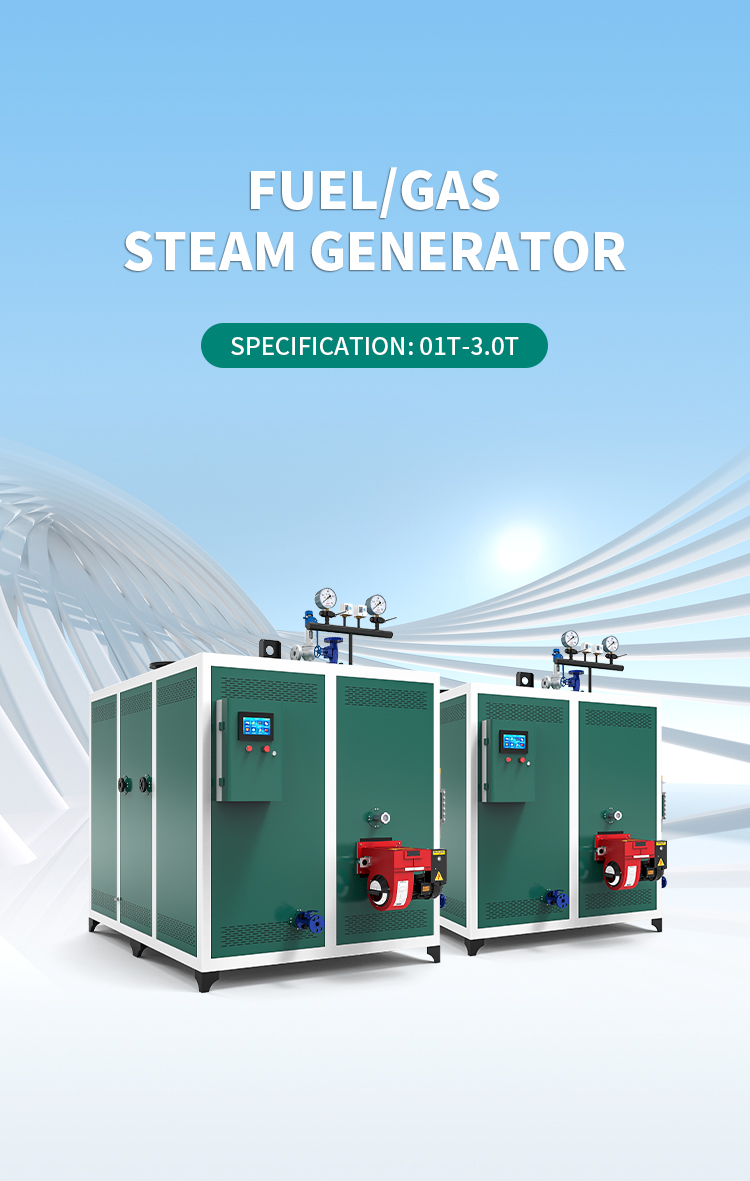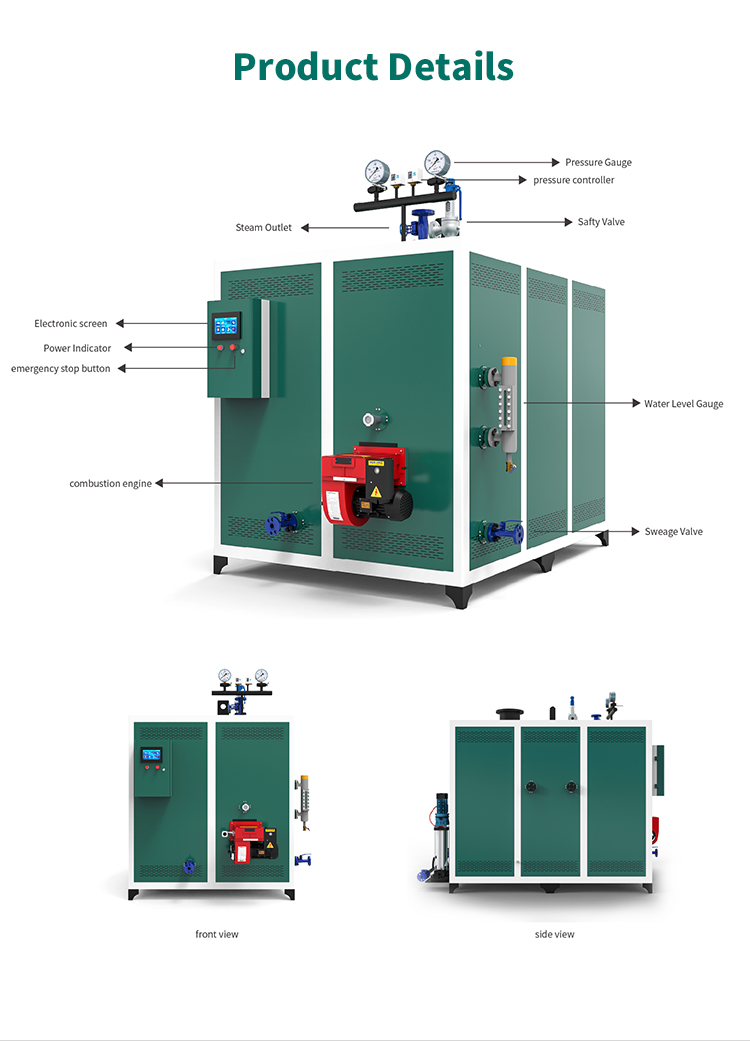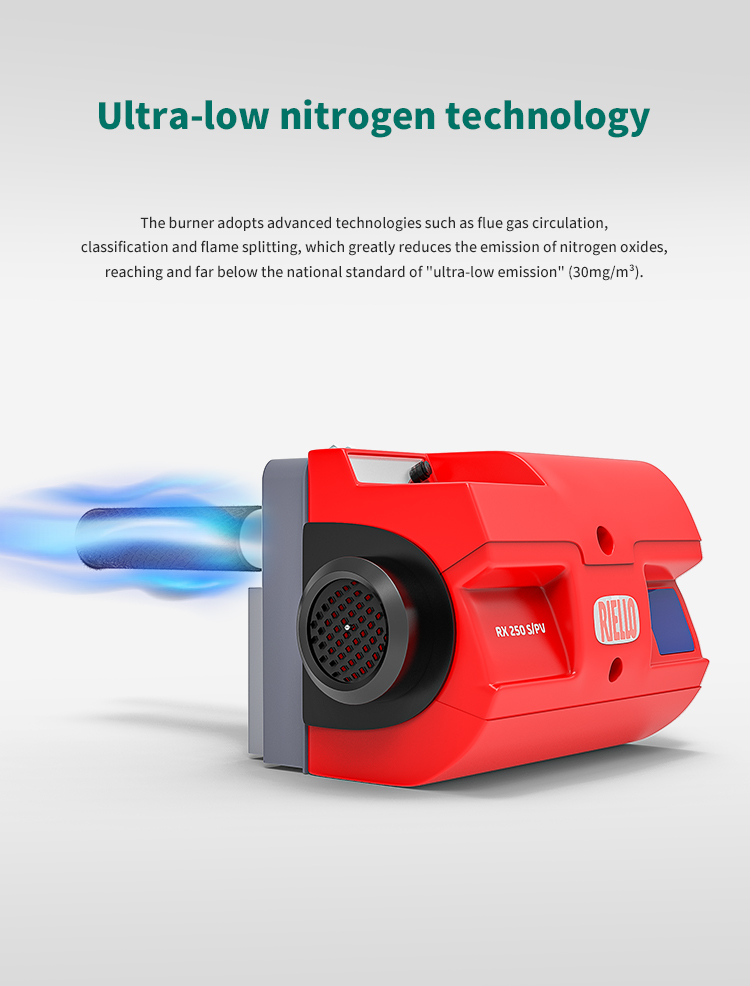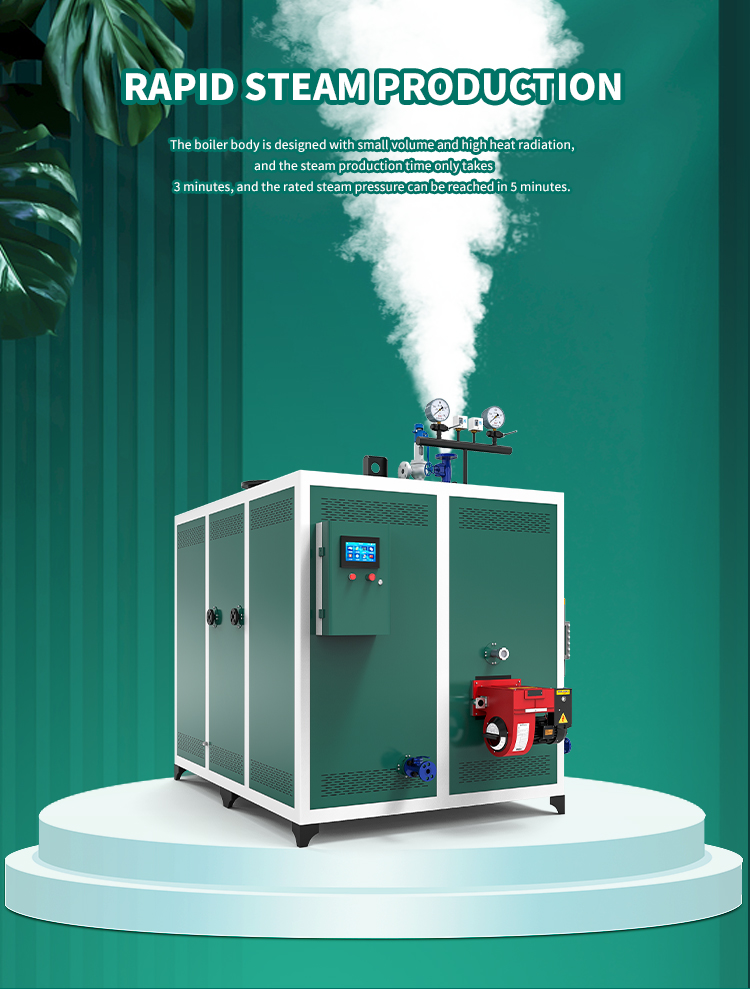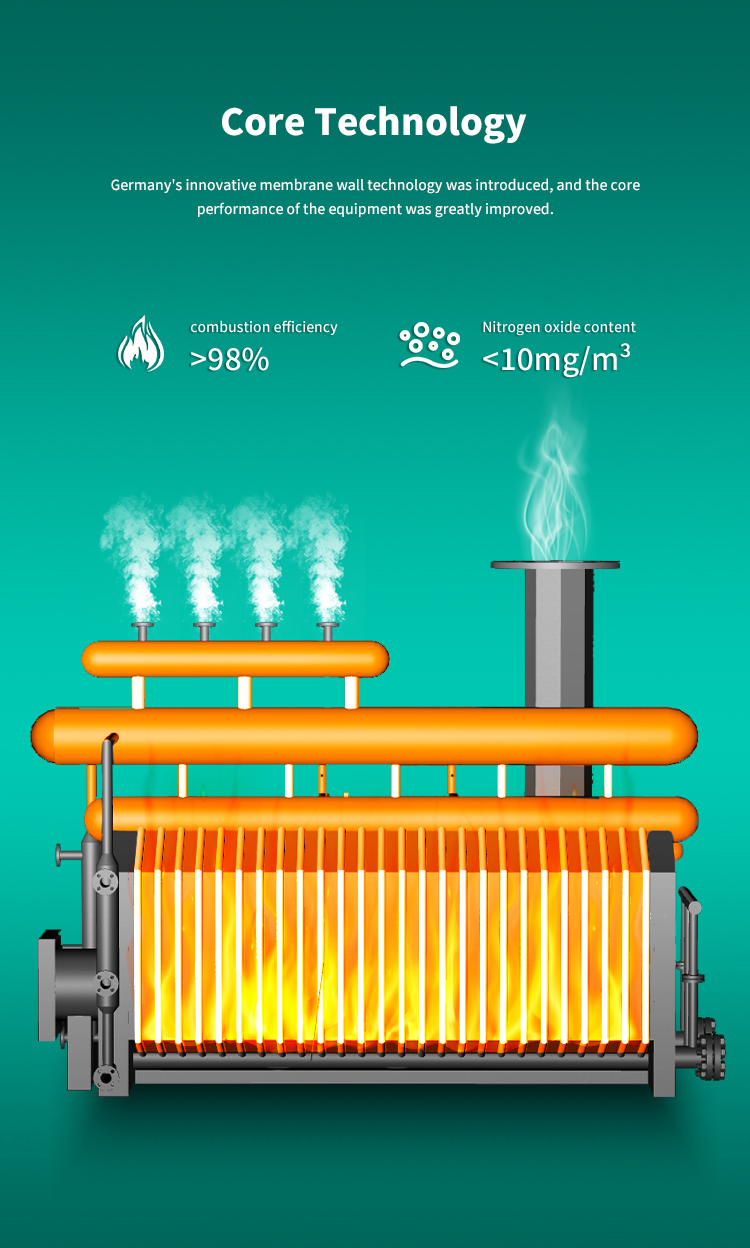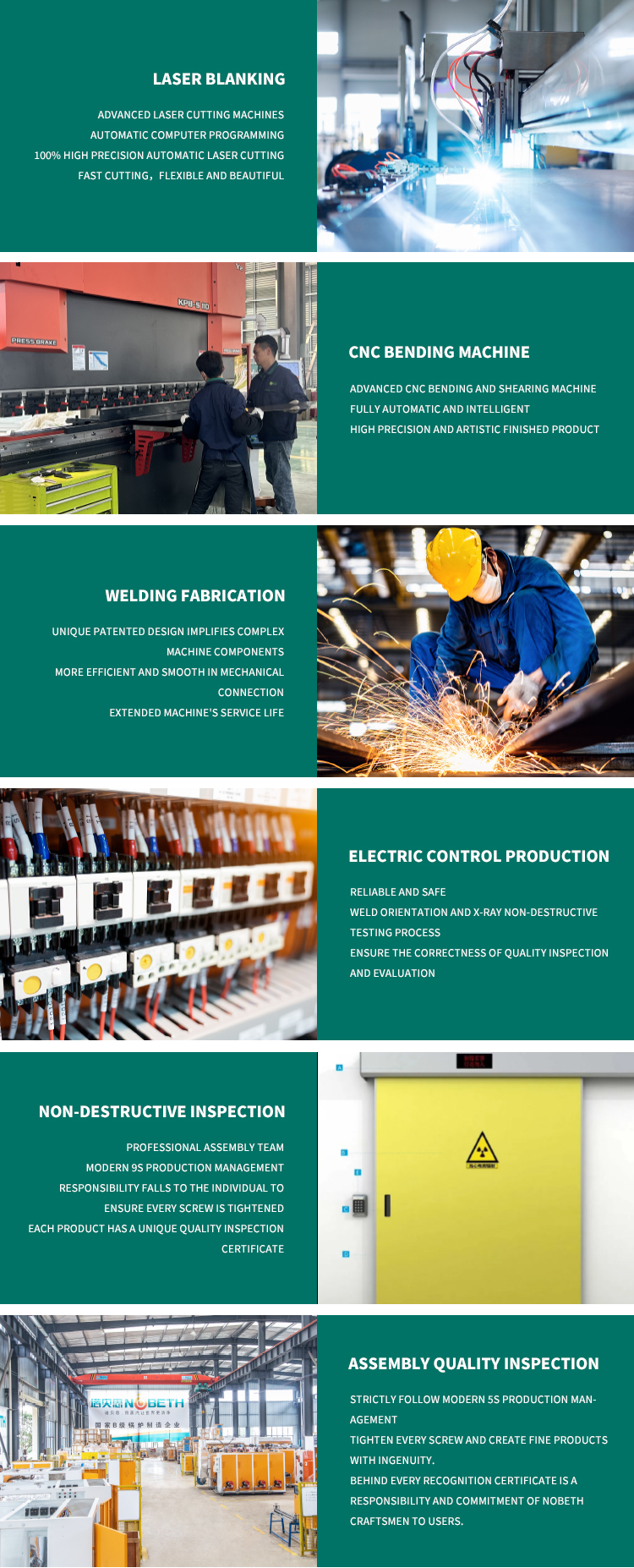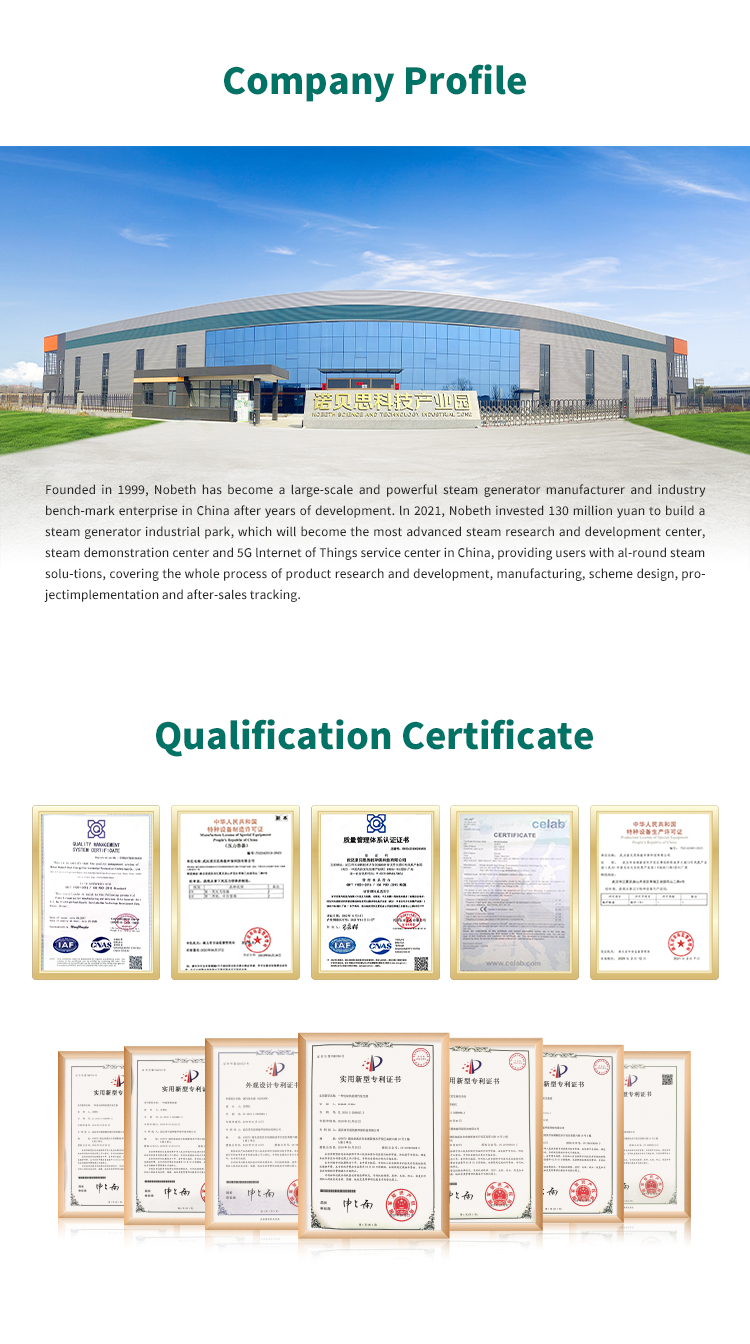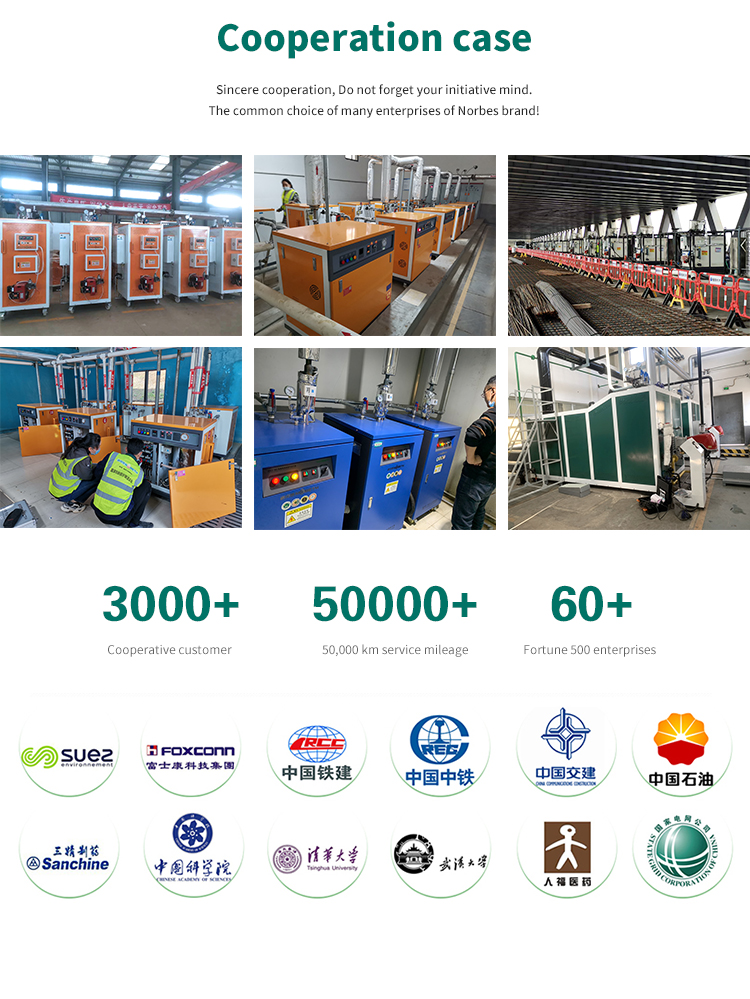
0.3T Gas and Oil Energy Saving Steam Boiler
A good and energy-saving steam system includes every process of steam system design, installation, construction, maintenance, and optimization. Watt Energy Saving’s experience shows that most customers have huge energy saving potential and opportunities. Continuously improved and maintained steam systems can help steam users reduce energy waste by 5-50%.
The design efficiency of steam boilers is preferably above 95%. There are many factors affecting boiler energy waste. Steam carryover (steam carrying water) is a part that is often ignored or unknown by users. 5% carryover (very common) means that the boiler efficiency is reduced by 1%, and steam carrying water will cause Increased maintenance and repairs on the entire steam system, reduced output of heat exchange equipment and higher pressure requirements.
Good pipe insulation is an important factor in reducing steam waste, and it is important that the insulation material does not deform or become soaked with water. Proper mechanical protection and waterproofing are necessary, especially for outdoor installations. The heat loss from damp insulation will be as much as 50 times that of good insulation dissipating into the air.
Several trap valve stations with water collection tanks must be installed along the steam pipeline to realize immediate and automatic removal of steam condensate. Many customers choose cheap disc-type traps. The displacement of the disc-type trap depends on the condensation speed of the control chamber at the top of the steam trap, rather than the displacement of condensate water. This results in no time to drain the water when drainage is needed, and During normal operation, steam is wasted when trickle discharge is required. It can be seen that unsuitable steam traps are an important way to cause steam waste.
In the steam distribution system, for intermittent steam users, when the steam is stopped for a long time, the steam source (such as the boiler room sub-cylinder) must be cut off. For pipelines that use steam seasonally, independent steam pipelines must be used, and bellows-sealed stop valves (DN5O-DN200) and high-temperature ball valves (DN15-DN50) are used to cut off the supply during the steam outage period.
The drain valve of the heat exchanger must ensure free and smooth drainage. The heat exchanger can be selected to utilize the sensible heat of steam as much as possible, lower the temperature of the condensed water, and reduce the possibility of flash steam. If saturated drainage is necessary, recovery and utilization of flash steam should be considered.
The condensed water after heat exchange must be recovered in time. Benefits of condensate water recovery: Recover the sensible heat of high-temperature condensate water to save fuel. Boiler fuel can be saved by about 1% for every 6°C increase in water temperature.
Use the minimum number of manual valves to avoid steam leakage and pressure loss, and add sufficient display and indication instruments to judge the status and parameters of steam in a timely manner. Installing adequate steam flow meters can effectively monitor changes in steam load and detect potential leaks in the steam system. Steam systems must be designed to minimize redundant valves and pipe fittings.
The steam system requires good daily management and maintenance, the establishment of correct technical indicators and management procedures, leadership attention, energy-saving indicator assessment, good steam measurement and data management are the basis for reducing steam waste.
The training and assessment of steam system operation and management employees are the key to saving steam energy and reducing steam waste.
Products categories
-

E-mail
-

Phone
-

WhatsApp
-

Top


